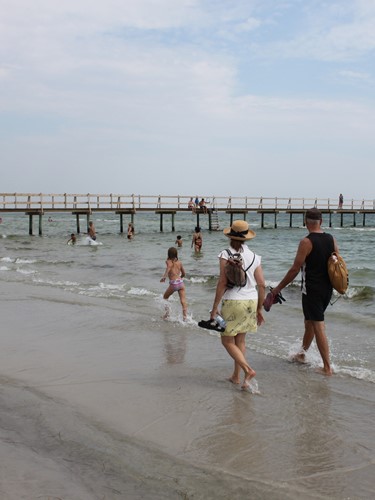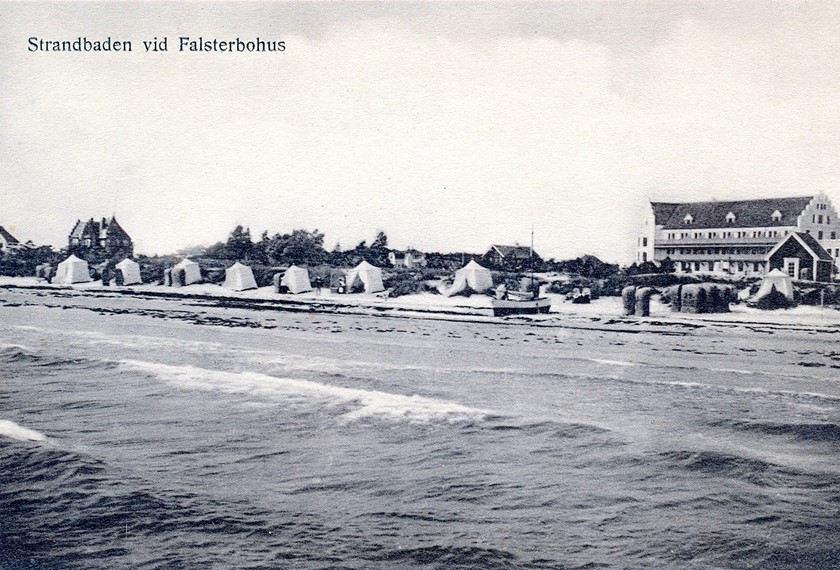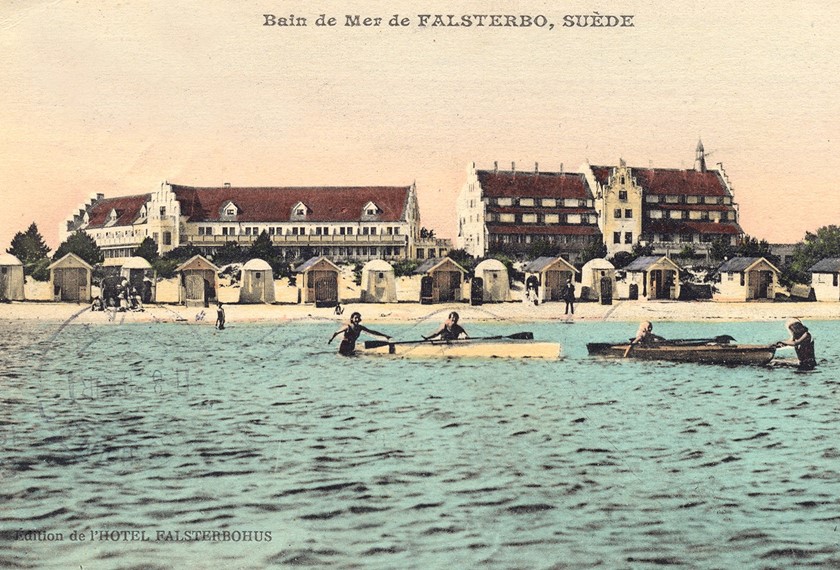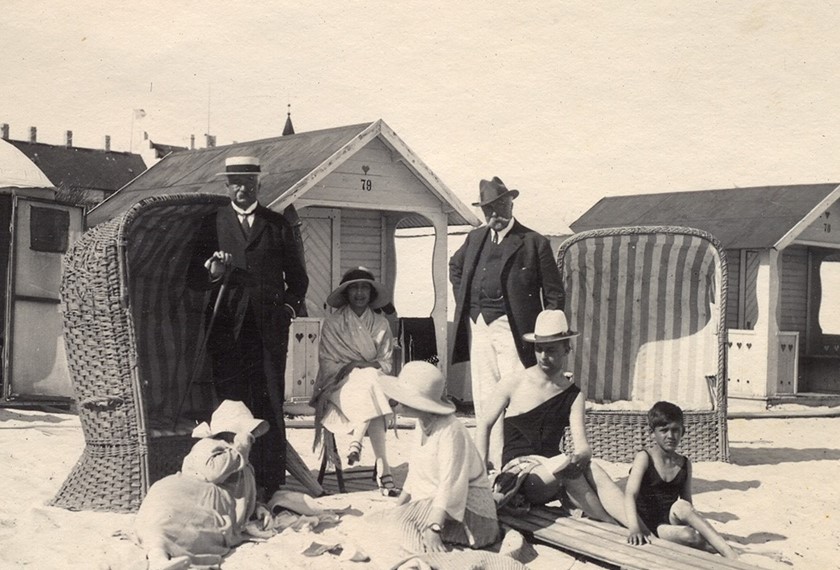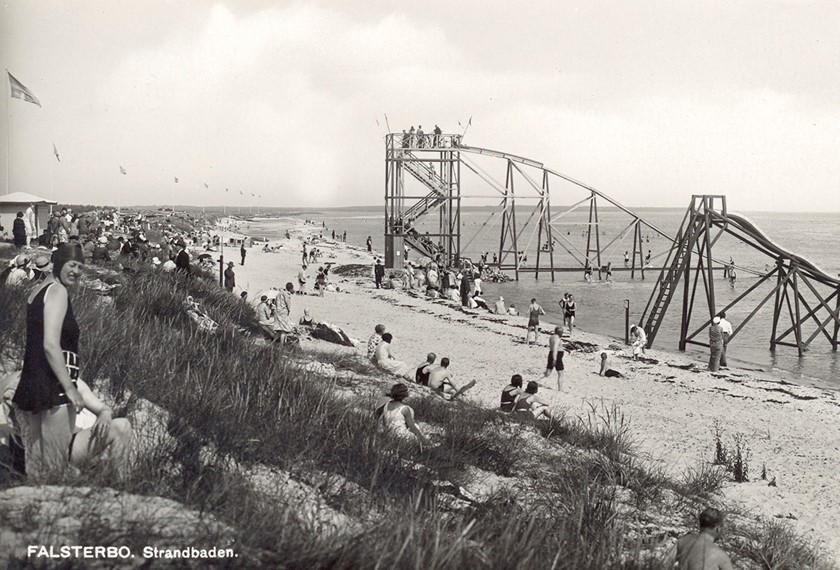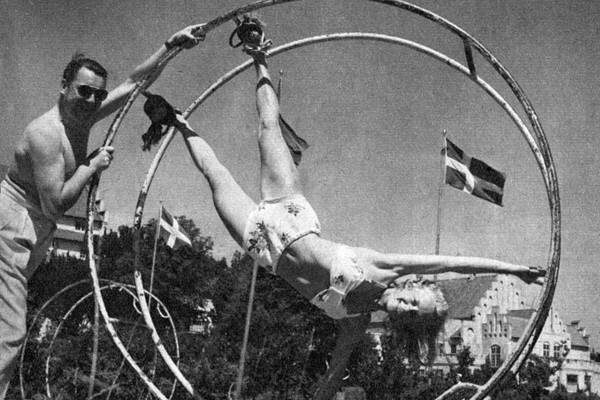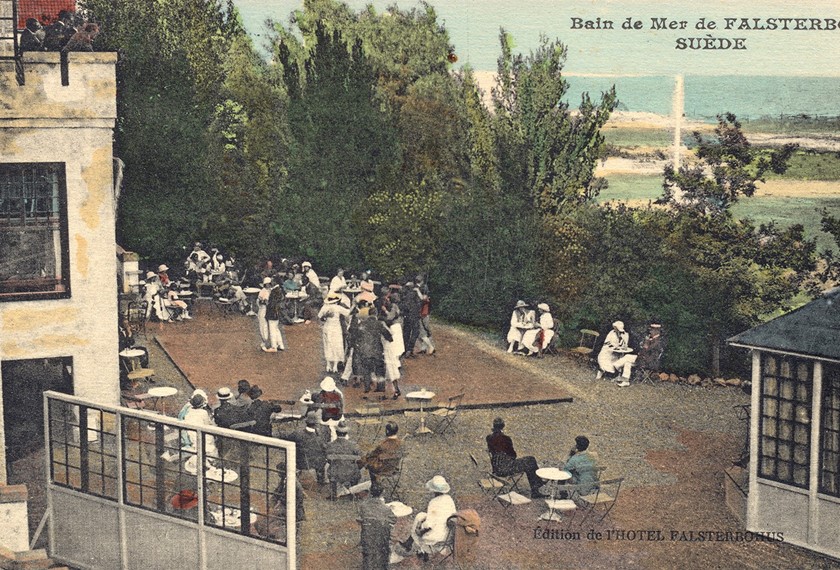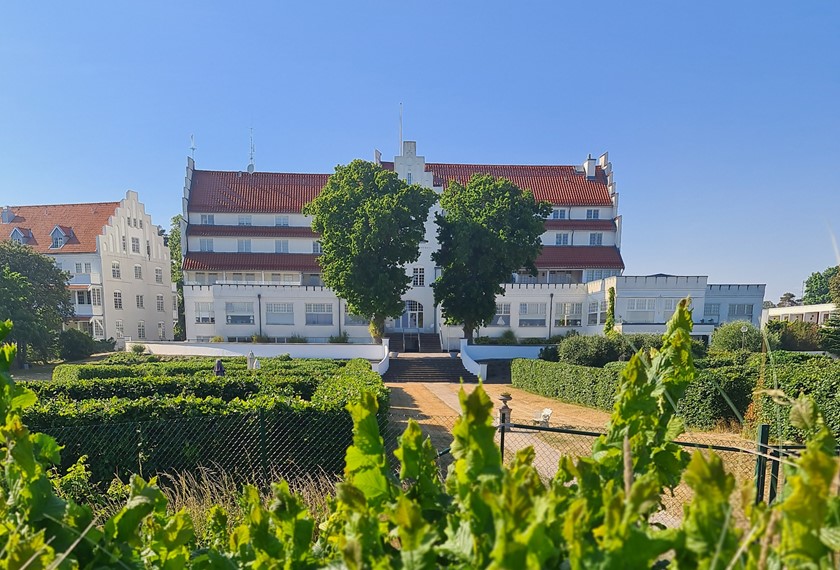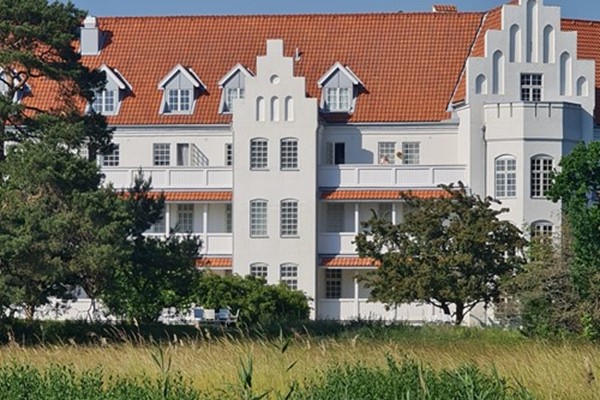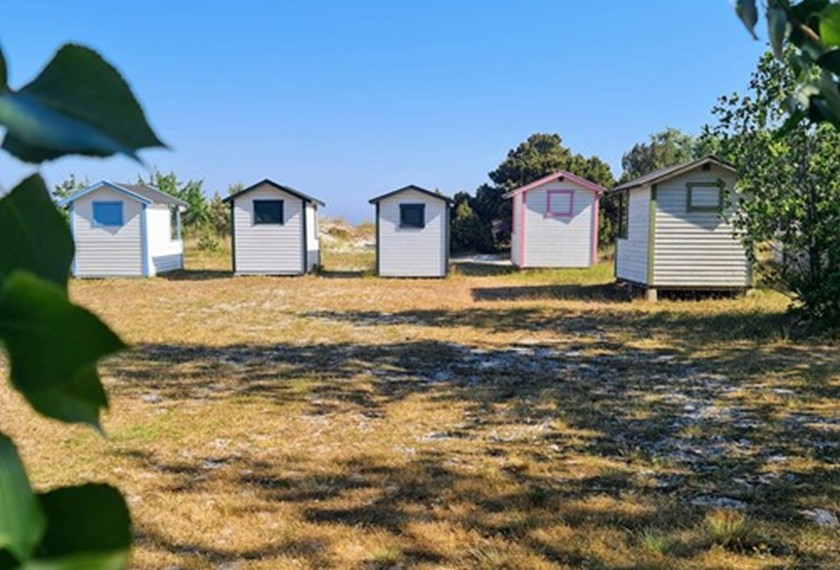One can imagine what it was like back then in the infancy of the cold-bathing culture: Women with white parasols and men in straw hats stroll along the coast. The couples are radiant, they have had a lovely day with several health-promoting dips in the sea at the newly built bathhouses - women and men separately as prescribed by the times.
Christian Kindblad, chairman of Näset's cultural association Calluna, from whom we have loaned photographs and postcards, says:
“The culture of cold-bathing began to establish itself around the 1890s in Sweden, but, apart from the people who lived in Falsterbo, there were few who had the opportunity to enjoy the beaches there. Transportation was limited and comfort, the core of the culture of cold-bathing, had yet to be introduced”.






